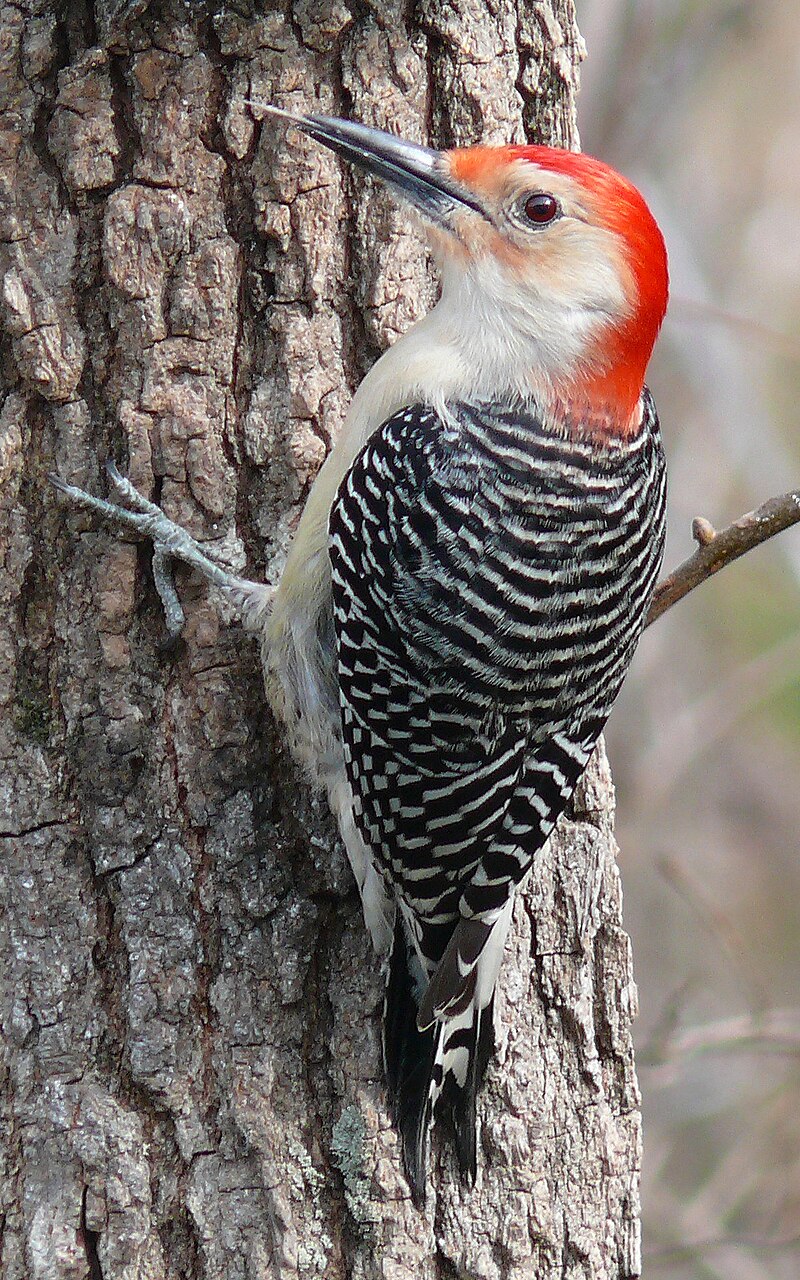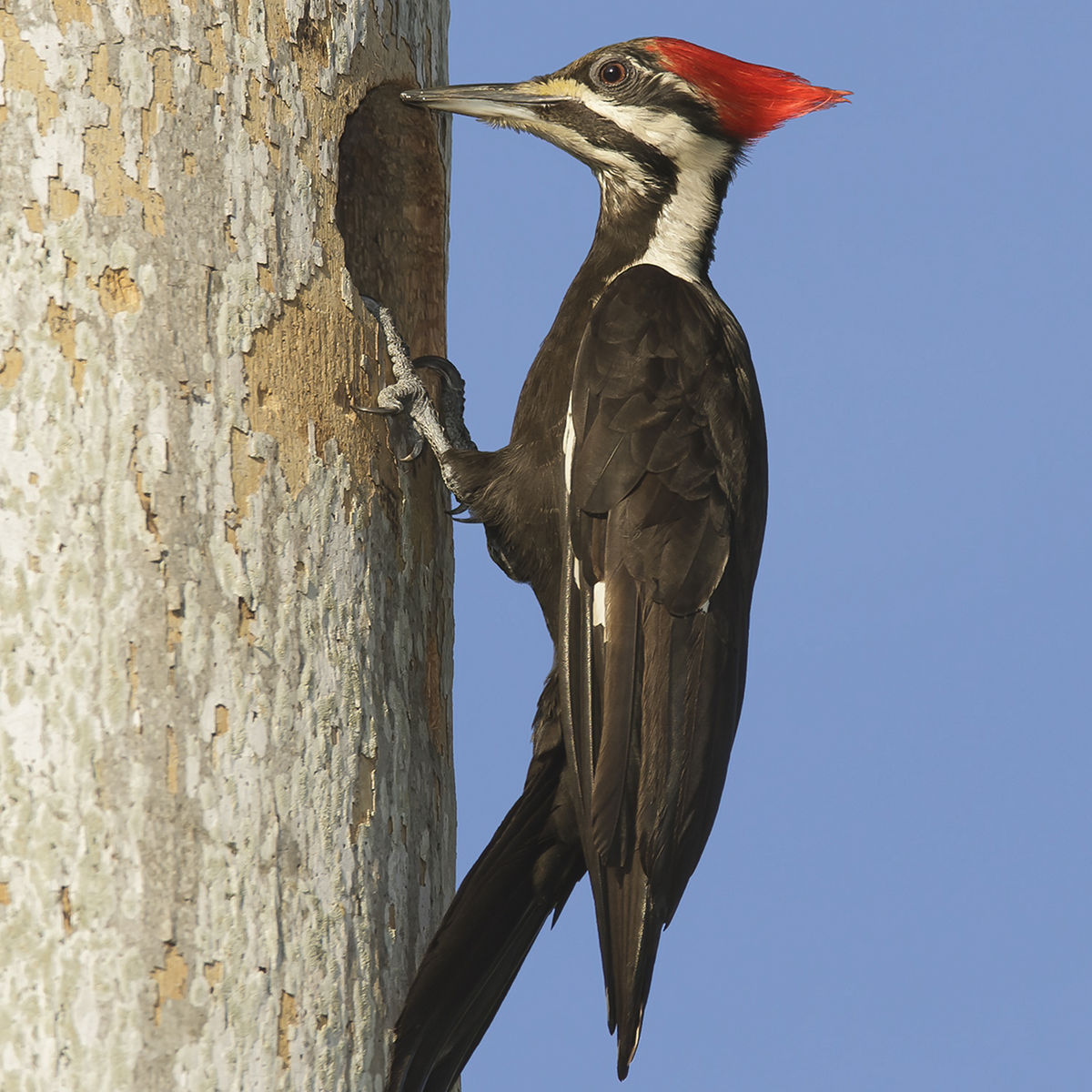Woodpeckers in Florida: Natural History, Ecology, and Conservation
Wiki Article
Discover the Remarkable Globe of Woodpeckers: Everything You Required to Know
The globe of woodpeckers is a realm full of special behaviors, detailed adaptations, and a varied variety of species. From their environments and distribution patterns to their feeding behaviors and specialized anatomical attributes, woodpeckers have actually long captivated the rate of interest of ornithologists and nature enthusiasts alike. Recognizing the complexities of these interesting birds supplies a look into the intricate interplay in between their biology and the environment. As we check out the globe of woodpeckers additionally, we uncover a riches of details that clarifies their relevance in environments and the challenges they deal with in an ever-changing globe.Woodpecker Habitats and Distribution
In North America, for example, woodpeckers can be found in both coniferous and deciduous forests, using their solid beaks to forage for insects and create nesting dental caries in trees. In Africa, specific woodpecker species have actually adjusted to arid settings, such as the acacia forests, where they play an important role in regulating insect populations.
Feeding Behaviors and Diet Regimen
Woodpeckers utilize their strong beaks to drill right into the bark of trees, penetrating for bugs and larvae hidden under the surface area. In addition to insects, woodpeckers also eat nuts, seeds, fruits, and sap.Woodpeckers are recognized for their drumming actions, which serves not only to connect with other woodpeckers but additionally to situate food. The fast drumming sound is developed by the bird pecking on resonant surfaces like dead trees or steel poles. This behavior can bring in bugs hidden in the timber, enabling the woodpecker to spot their presence and prey on them.
Special Adaptations for Tree Climbing
In their experienced pursuit of insects hidden within tree bark, woodpeckers have progressed exceptional physiological attributes that equip them with unique Woodpeckers in Florida adaptations for effective tree climbing. Woodpeckers have strong neck muscle mass and a special head framework that soak up the influence of consistent pecking, permitting them to climb up up and down without creating harm to their brains. These adaptations display the incredible evolutionary layout that enables woodpeckers to navigate trees with precision and efficiency.Diverse Woodpecker Species Worldwide
With over 200 various species spread throughout various environments worldwide, the family members of Picidae encompasses an impressive variety of woodpeckers. These birds can be located in woodlands, timberlands, savannas, and even metropolitan areas, showcasing their adaptability to various settings. From the legendary Northern Flicker in The United States And Canada to the vivid and evasive Crimson-backed Flameback in Asia, each woodpecker varieties displays distinct qualities in terms of tuft, actions, and environment choice.Woodpeckers vary greatly in size, with the petite Downy Woodpecker gauging around 6-7 inches in size, while the powerful Lineated Woodpecker can rise to 17 inches - Woodpeckers in Florida. Their beaks also come in different shapes and dimensions, mirroring their feeding routines. Some types focus on extracting bugs from tree bark, like the Acorn Woodpecker, while others, such as the Black-cheeked Woodpecker, feed upon fruits and seeds

Preservation Initiatives and Obstacles
Conservation initiatives for woodpecker populaces are critical in reducing the effect of environment loss and various other dangers encountering these varied bird varieties. Woodpeckers face various challenges to their survival, mainly because of deforestation, urbanization, climate modification, and invasive species. To deal with these problems, conservation efforts focus on protecting and click to investigate restoring woodpecker habitats, implementing sustainable forestry techniques, and elevating recognition concerning the relevance of these birds in ecosystems.One substantial obstacle in woodpecker preservation is the fragmentation of their environments, resulting in isolated populations that are extra at risk to termination - Woodpeckers in Florida. Guardians see here work to create wild animals hallways and secured areas that connect these fragmented environments, permitting woodpeckers to relocate between different locations for feeding, breeding, and shelter

Verdict
In conclusion, woodpeckers are fascinating birds with distinct adjustments for tree climbing and feeding actions. They can be located in diverse habitats worldwide, dealing with preservation obstacles due to habitat loss and human activities. Comprehending their environments, diet regimens, and actions is important for preservation efforts to safeguard these essential bird types. Additional study and preservation activities are required to make sure the survival of woodpeckers in the wild.Report this wiki page